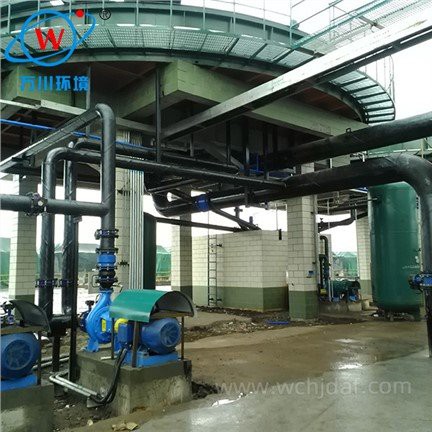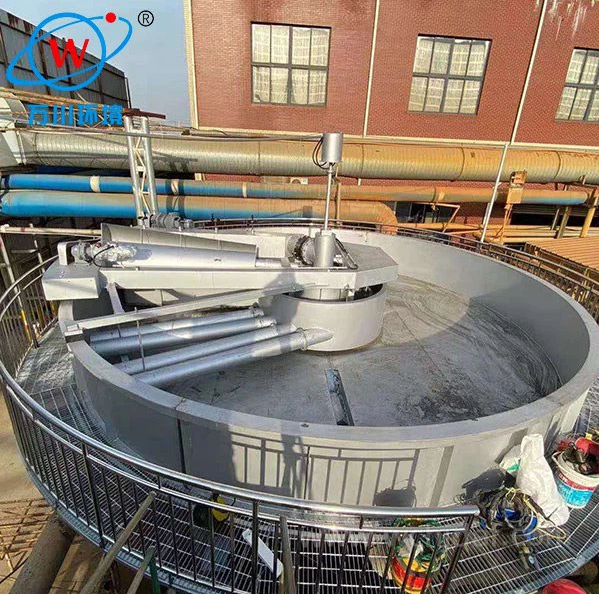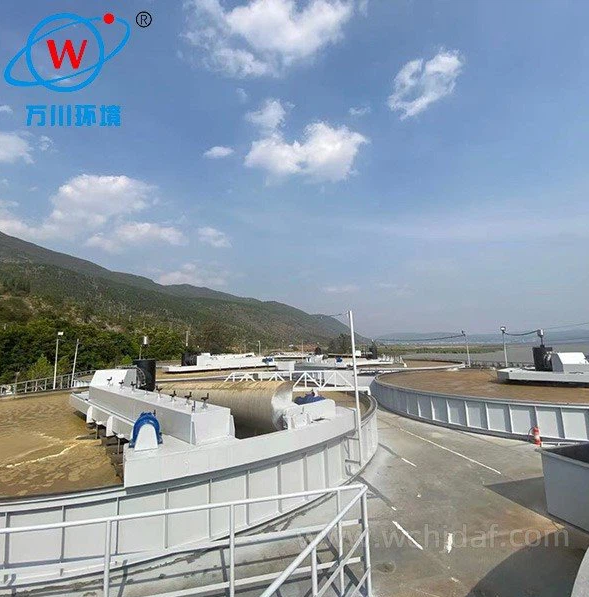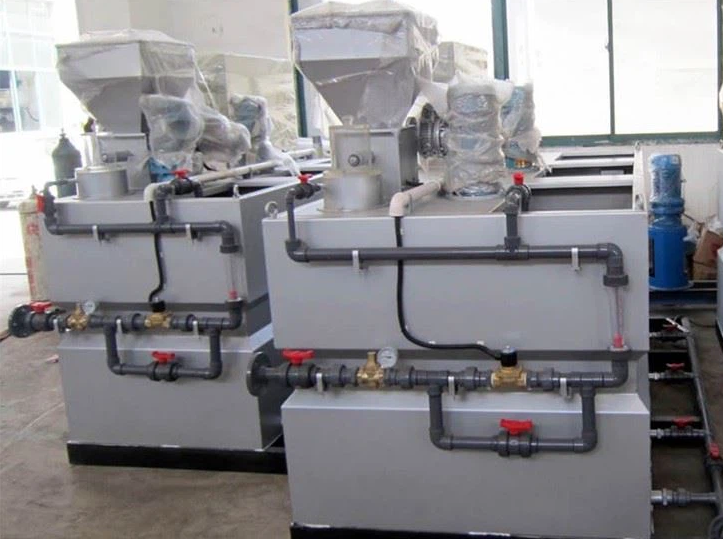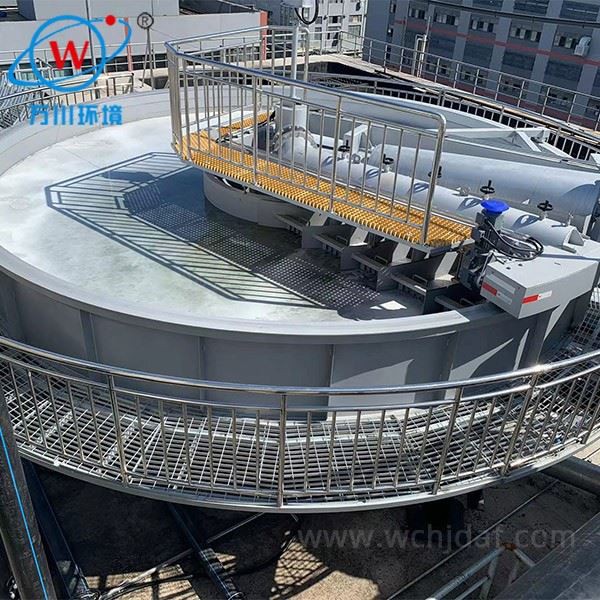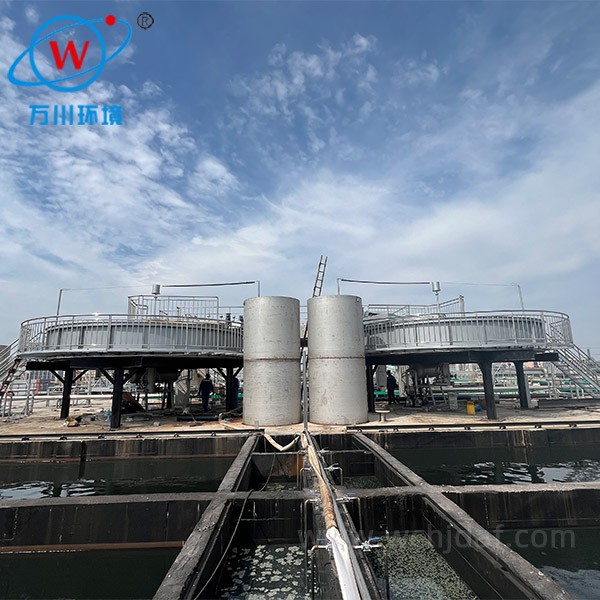Water Treatment Equipment Assessment Guide
Comprehensive Evaluation Criteria for Treatment System Performance
Proper assessment of water treatment equipment requires evaluating multiple performance aspects. This guide outlines key criteria for determining the effectiveness, efficiency, and reliability of treatment systems.
1Pollutant Removal Efficiency Testing
Core performance is assessed by comparing pollutant concentrations in the inlet and outlet water, focusing on the removal rate of target pollutants, including suspended solids, oil, grease, and colloids.
Evaluation Metrics:
- Observe clarity of treated water - should be clear without visible debris
- Monitor stability of removal efficiency during long-term operation
- Avoid excessive fluctuations or continuous decline in performance
- High-efficiency equipment maintains stable results under varying conditions
2Operational Stability Assessment
Evaluate the equipment's performance during continuous operation, checking for uniform and stable bubble generation, with no obvious signs of excessive or insufficient bubbles.
Stability Indicators:
- Consistent scum formation and scraping performance
- Thick, easily separated scum layer with no noticeable drop-off
- No abnormal vibration, noise, or leakage during operation
- Key parameters (pressure, flow rate) remain within reasonable ranges
3Energy Consumption and Consumables Cost Analysis
Analyze the equipment's operating energy consumption, including electricity and compressed air usage. Lower energy consumption is preferred for equivalent treatment performance.
Cost Factors:
- Examine replacement frequency of consumable components
- High-quality equipment has longer consumable lifespans
- Evaluate reagent dosage requirements
- Lower reagent consumption indicates higher equipment efficiency
4Structural Design Rationality Assessment
Check the equipment's compact structure, whether the floor space matches the treatment capacity, and whether the layout facilitates piping connections and maintenance.
Design Considerations:
- Core components should follow fluid dynamics principles
- Ensure smooth water flow without dead zones
- Material selection appropriate for water quality being treated
- Corrosion-resistant, high-strength materials extend service life
5Operation and Maintenance Ease Assessment
Evaluate the control system's intelligence, ensuring an intuitive and easy-to-understand interface and convenient and accurate parameter adjustment.
Maintenance Factors:
- Clear maintenance access to key components
- Simple daily cleaning and troubleshooting procedures
- Comprehensive monitoring functions with timely warnings
- Reduced operational difficulty and maintenance workload
A comprehensive assessment of water treatment equipment should consider all these factors to ensure optimal performance, cost-effectiveness, and long-term reliability of the system.

